Accessibility will have a new face at the Olympic and Paralympic Village in Greater Paris.
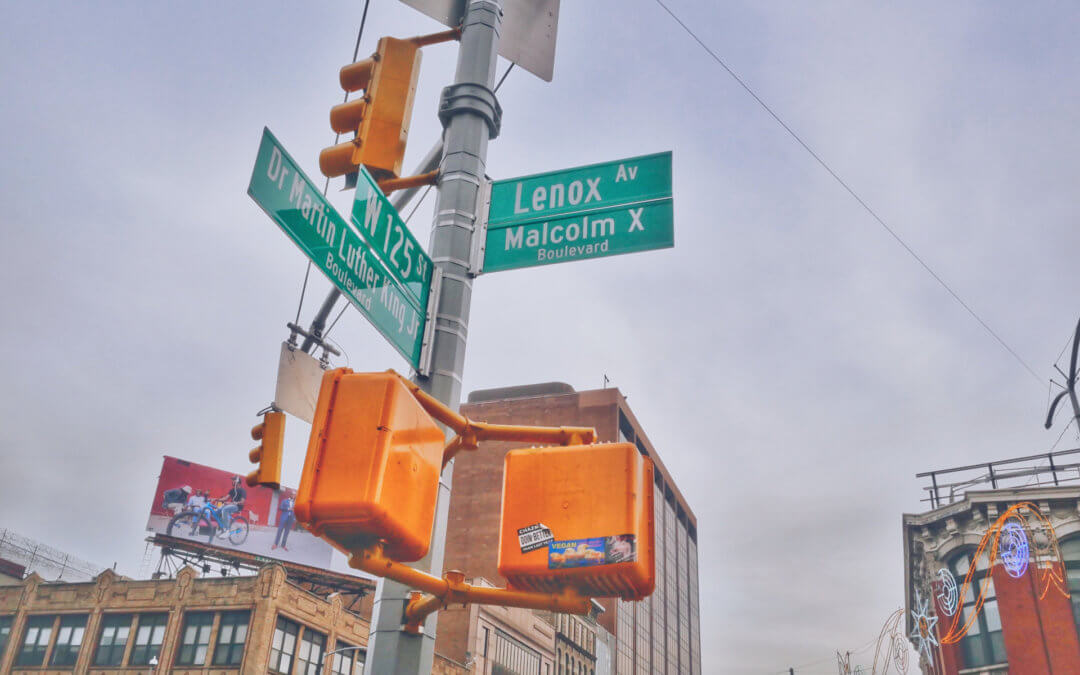
How Can Accessible Pedestrian Signals Become Responsive to COVID-19?

How Can Accessible Pedestrian Signals Become Responsive to COVID-19?
In a world where COVID is still part of our lives, great cities face new challenges: maintaining services to citizens while limiting the spread of the pandemic. Among the population, blind and visually impaired persons are particularly vulnerable. More than other people, they need to touch things to find their bearings. They need to push the pedestrian button at traffic signals every day to know when to cross streets safely. And these surfaces are potentially contaminated. How to protect them? Contactless accessible pedestrian signals (APS) are perfectly COVID-19 responsive! We are going to review the solutions that already work in the world.
COVID-19 poses new challenges for the blind community
In the context of the COVID-19 pandemic, persons who are blind or have low vision face new risks and challenges. Visual impairment alone does not increase the risk to contract the disease. However, lifestyle requirements from being blind or visually impaired potentially increase exposure to the virus.
First, they need to frequently touch surfaces to identify things, orient themselves and locate Controls for door openings, elevators, etc. Although they are essential for their safety, pushbuttons at accessible pedestrian signals also potentially transmit the disease.
Because they cannot drive themselves, they frequently need to use public transportation which are crowded, or ride-sharing such as Uber or Lyft where sanitary practices are uncertain. While wearing a mask is okay for people with vision loss, other health measures are more difficult to follow, especially locating hand sanitizer stations in public venues or keeping physical distance from others. Moreover, they often need to be guided by holding someone’s elbow (elbows now used for sneezing and coughing).
It is important to mention that the biggest causes of blindness are old age, diabetes or other health conditions that make people at higher risk for severe illness from COVID-19.
COVID-19 responsive solutions with contactless accessible pedestrian signals
As you can see, coronavirus poses serious threats to people who live with a visual impairment. If you work for a public road authority, you will certainly be interested in technologies that allow you to activate accessible pedestrian signals (APS) touchless from a distance, without potentially spreading infections like COVID-19:
In some European countries, such as France, Austria or the Czech Republic, there are remote control activation systems for accessible pedestrian signals. They consist in a handheld pushbutton which emits a radiofrequency to control the audible tone. The first advantage of this device is that pedestrians who are blind or have low vision can trigger the audible signal as they approach the intersection, without having to travel to the pushbutton location. It is particularly advantageous in unfamiliar places when they don’t know where the pushbutton is. They don’t have to deviate from their travel path, reducing the risk to lose their bearings.
In a world still affectd by COVID, remote activation is even more interesting for cities. Radio frequency is the most widely used technology for this purpose today. However, it requires regulatory compliance certifications which vary from a country to another. Since it became popular in smartphones around the world, Bluetooth is now considered the best technology to activate accessible pedestrian signals. The use of Bluetooth allows companies to develop smartphone applications to replace or complement low-tech remote controls.
In Scotland, a former guide dog instructor created Neatebox as he realized how difficult it was for people with visual impairments to find and reach the pushbutton on the pole. It consists in a smartphone app that triggers the audible tone. A similar device begins to be tested in Canada with the company Key2Access.
But one of the most promising solutions come from the France-based company Okeenea. The manufacturer has more than 25 years of experience in accessible pedestrian systems with touchless on demand activation with the use of a remote control or the MyMoveo smartphone app. With their new connected Accessible Pedestrian Signal aBeacon, Okeenea was the winner of the New York City’s Transportation Department’s Call for Innovation in 2018. This new generation of APS is installed in New York City and in testing now.
Automation of traffic signals to prevent COVID-19
Several municipalities have already made temporary changes to the way their pedestrian crossings work, reducing the need to touch the push-to-walk button at traffic lights. In normal conditions, pedestrians need to push the pedestrian button at traffic signals to tell the signals they are waiting to cross the road. Pedestrian buttons have been deactivated to prevent the spread of COVID-19. The traffic signals at these intersections have been reprogrammed to make pedestrian signals automatic. These measures taken in an exceptional context could prove the uselessness of these pushbuttons.
However, many of them remain essential as they emit audible information about the status of the pedestrian signal when pressed. Audible indications cannot be automated because of noise pollution. If remote activation made sense before the pandemic, it makes even more sense now, when touching surfaces has been proven to transmit the coronavirus. Like other countries, bet on contactless accessible pedestrian signals to make blind people safe!
Want to know more on audible pedestrian signals? These articles are made for you:
media
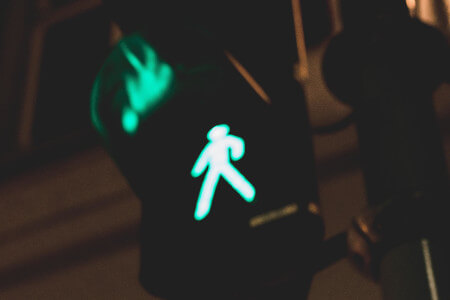
Among the population, blind and visually impaired persons are particularly vulnerable. They need to push the pedestrian button at traffic signals every day to know when to cross streets safely. And these surfaces are potentially contaminated.
writer

Lise Wagner
Accessibility Expert
stay updated
Get the latest news about accessibility and the Smart City.
other articles for you

Open Data Is Key to Fostering Universal Accessibility
Open data represents an opportunity for cities to reach universal accessibility. It shows the missing links of the mobility chain.
Our Audio Beacons Guide the Blind and Visually Impaired at the Helsinki Subway
The Helsinky subway improved their audio signage system by installing on demand and remotely activated audio beacons.
7 Good Reasons to Install Audio Beacons at Your Public Transport Network
Audio beacons are an efficient way to provide more autonomy to blind and visually impaired people. They can easily use public transport.

Will Remote Activation Become the Norm for Accessible Pedestrian Signals?
More and more cities like New York have been exploring remote activation to trigger accessible pedestrian signals.
share our article!
more articles

Disability Statistics in the US: Looking Beyond Figures for an Accessible and Inclusive Society
Disability Statistics in the US: Looking Beyond Figures for an Accessible and Inclusive Society Around 61 million adults in the United States live with a disability. Diving into disability statistics in the US will help us know exactly who is concerned and what...
Our Audio Beacons Guide the Blind and Visually Impaired at the Helsinki Subway
Our Audio Beacons Guide the Blind and Visually Impaired at the Helsinki SubwayOur audio beacons equip the new line of the Helsinki subway in Finland. They help blind and visually impaired people locate the points of interest of a station. For users with visual...

Will Remote Activation Become the Norm for Accessible Pedestrian Signals?
Will Remote Activation Become the Norm for Accessible Pedestrian Signals?Without pushbutton, there are no accessible pedestrian signals. That’s how APS work in the U.S. But more and more cities have been exploring remote activation like New York City. The Department...

Hearing Impaired People: a Multitude of Profiles for Different Needs
Hearing Impaired People: a Multitude of Profiles for Different Needs Did you know that hearing impaired people have several profiles and that the way they identify themselves is important? You may be familiar with deaf and hard of hearing people but for each of...
NEVER miss the latest news about the Smart City.
Sign up now for our newsletter.
Unsubscribe in one click. The information collected is confidential and kept safe.
powered by okeenea
The French leading company
on the accessibility market.
For more than 25 years, we have been developing architectural access solutions for buildings and streets. Everyday, we rethink today’s cities to transform them in smart cities accessible to everyone.
By creating solutions ever more tailored to the needs of people with disabilities, we push the limits, constantly improve the urban life and make the cities more enjoyable for the growing majority.




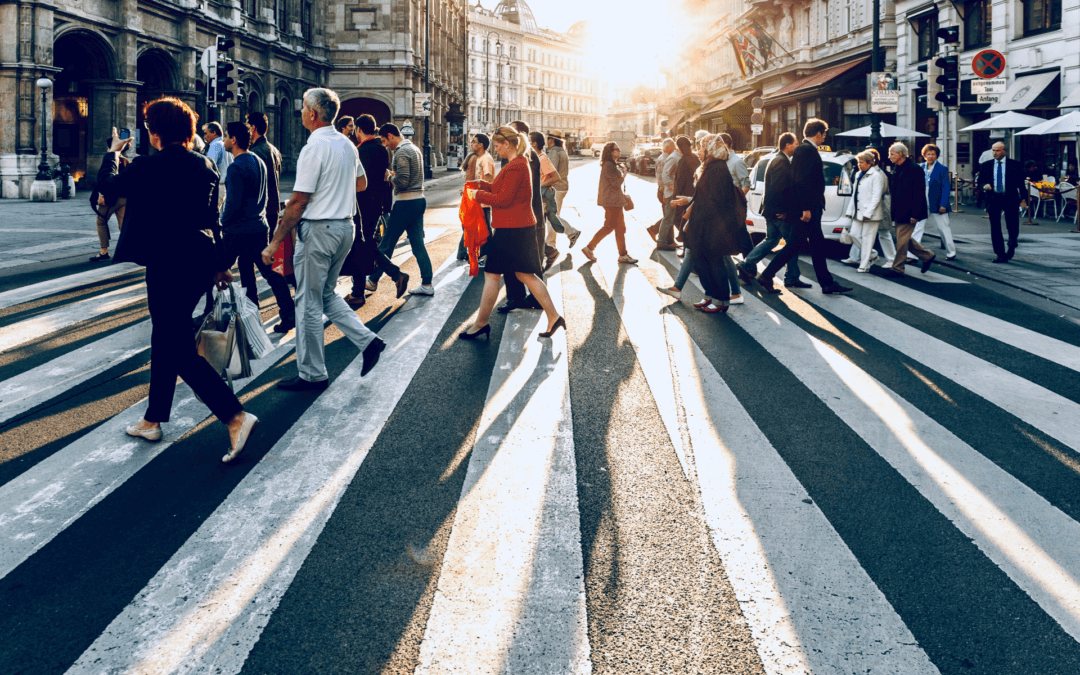
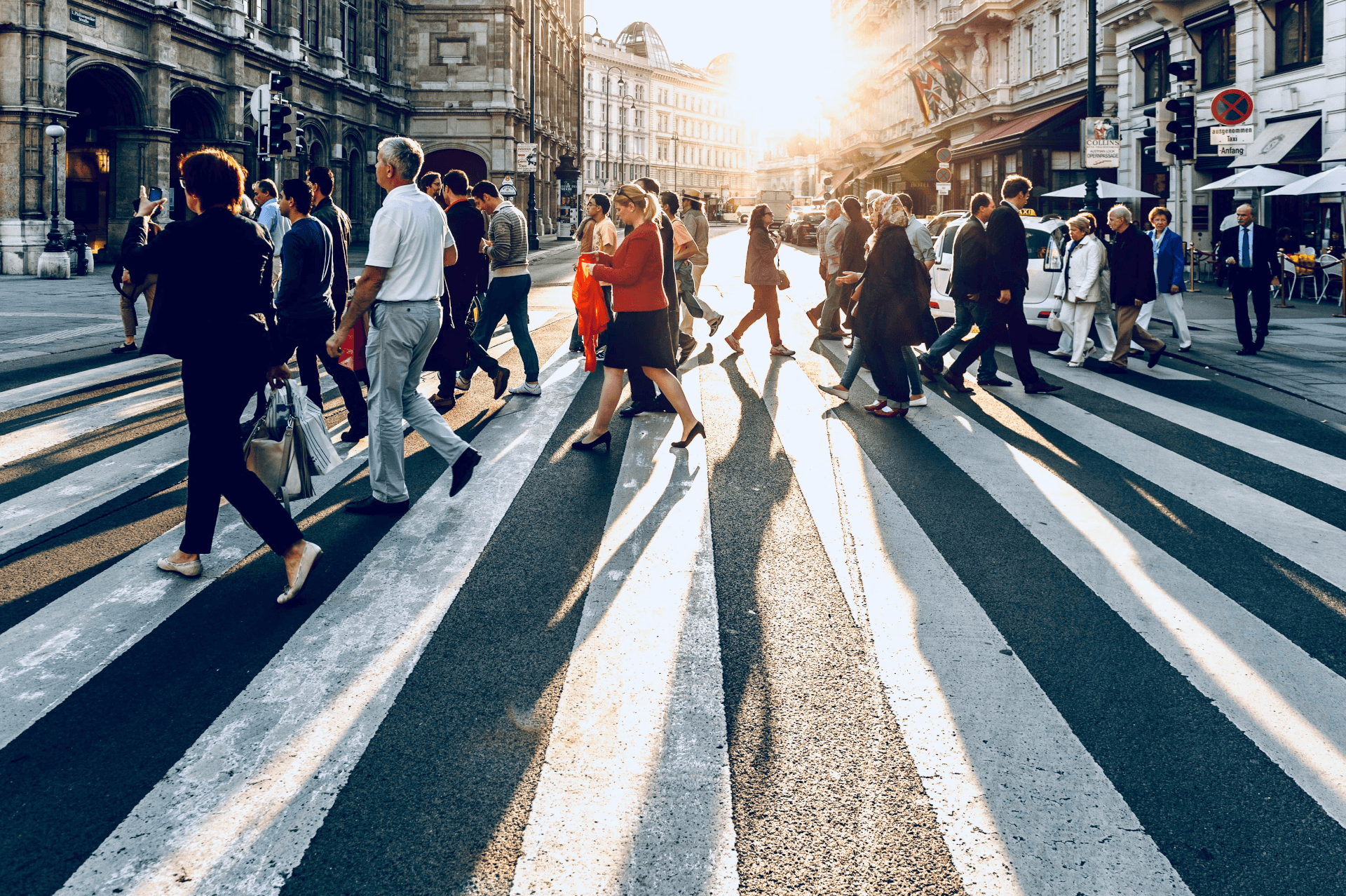


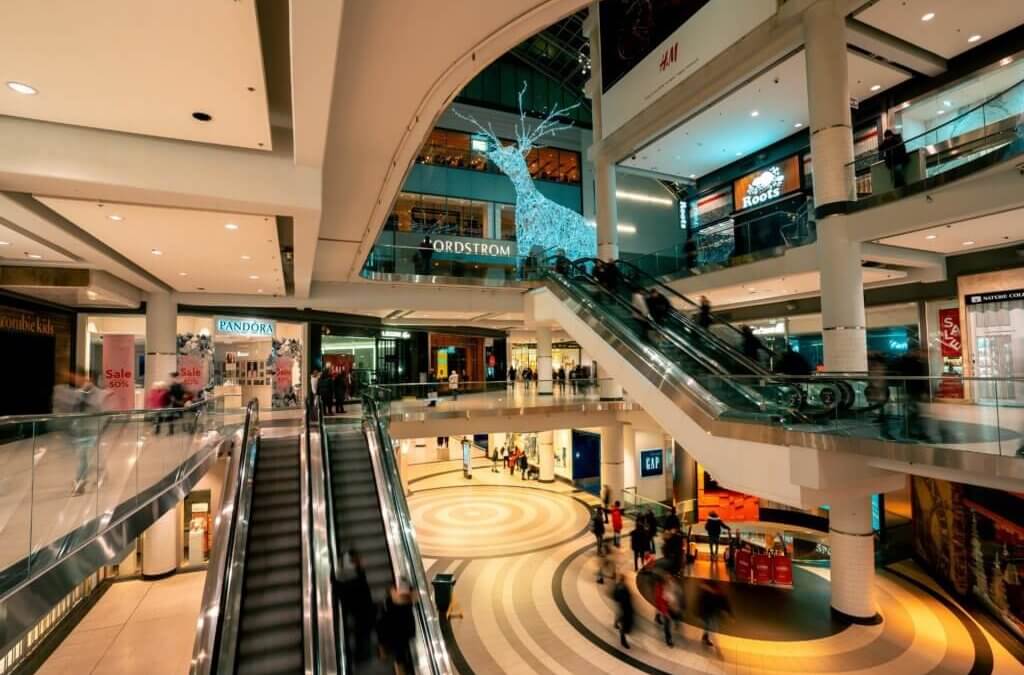
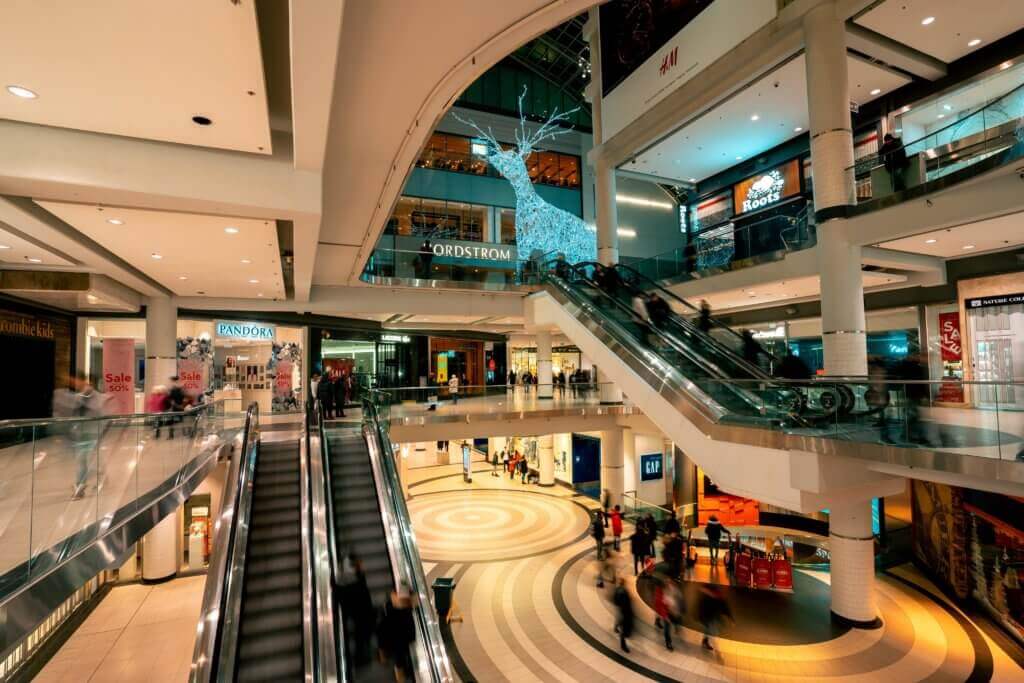


Recent Comments